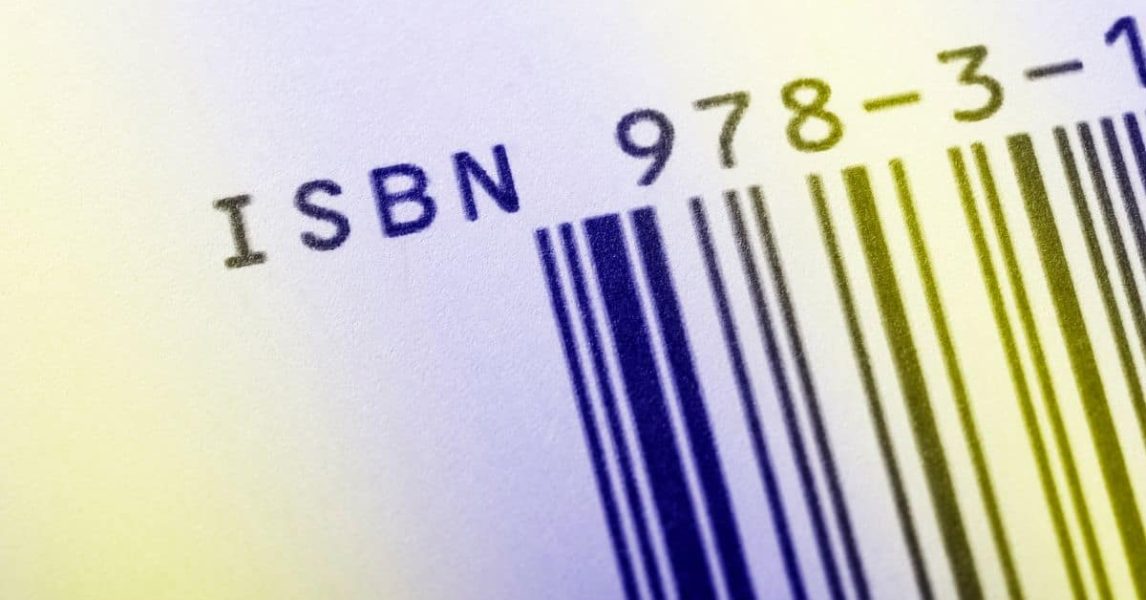What is ISBN?
ISBN (International Standard Book Number) is a unique identifier assigned to books, e-books, and other publications. This system was first introduced in 1967 and has since become the global standard for identifying books. In this comprehensive guide, we will provide everything you need to know about ISBN numbers, including their history, how they are assigned, and their importance in the publishing industry.
History of ISBN
The ISBN system was developed by the International Organization for Standardization (ISO) in the late 1960s to address the growing need for a standardized identification system for books. The first ISBN was assigned to a book titled “The Adventures of Tom Sawyer” by Mark Twain in 1967. Since then, the system has been widely adopted and expanded to cover other forms of media.
ISBN Format
An ISBN is a 13-digit number that is divided into four parts, each separated by a hyphen. The first part identifies the language or country of origin, the second part identifies the publisher, the third part identifies the title of the publication, and the fourth part is a check digit that ensures the ISBN is valid.
The ISBN Five Parts
The ISBN (International Standard Book Number) is composed of five parts, which are:
- Prefix Element – This identifies the specific language or geographic location in which the publication was issued. It is represented by either a 978 or 979 prefix.
- Registration Group Element – This identifies the country or group of countries participating in the ISBN system. It is a number between 0 and 9.
- Registrant Element – This identifies the publisher or the individual responsible for publishing or distributing the book.
- Publication Element – This identifies the specific title, edition, and format of the publication.
- Check Digit – This is a single digit at the end of the ISBN that is calculated using a mathematical formula to ensure the accuracy of the other digits in the number.
ISBN-10 vs. ISBN-13
In 2007, the ISBN system was updated to a 13-digit format to accommodate the growing number of publications and the need for more unique identifiers. While the ISBN-10 format is still used in some countries, it is gradually being phased out in favor of the ISBN-13 format, which provides more options for identifying publications.
How to Obtain an ISBN
Obtaining an ISBN is a relatively simple process. In most countries, you can apply for an ISBN through your national ISBN agency. The application process typically involves providing information about your book, such as the title, author, and publisher. Once your application is approved, you will be assigned a unique ISBN that can be used to identify your book in the marketplace.
The Importance of ISBN
ISBNs are essential for the publishing industry as they provide a standard method of identifying books and other publications. They are used by booksellers, libraries, and publishers to track inventory and sales, and they enable readers to easily find and purchase books online and in stores. Additionally, many retailers and online marketplaces require books to have an ISBN in order to be sold.
Who needs an ISBN number?
The use of an ISBN is not mandatory, but it is highly recommended for authors, publishers, and distributors who wish to make their books available to a wider audience.
Here are some of the reasons why an ISBN may be required:
- Sales: Many booksellers and online retailers require an ISBN in order to sell books. Having an ISBN makes it easier for booksellers to identify, list, and sell books in their inventory.
- Libraries: Most libraries use ISBNs to catalog and identify books in their collection. Without an ISBN, it may be difficult for a book to be added to a library’s collection.
- Discoverability: Having an ISBN makes it easier for readers to find and purchase books online and in bookstores. This can increase the visibility of a book and make it more accessible to potential readers.
- Distribution: Distributors often require an ISBN in order to track inventory and sales of books. Without an ISBN, it may be more difficult to distribute books through various channels.
- Credibility: Having an ISBN can lend credibility to a book and its author. It shows that the book has been professionally published and is part of the global publishing industry.
- Copyright: In some countries, having an ISBN is a requirement for copyright registration. This can provide legal protection for authors and publishers, as well as help prevent copyright infringement.
- International Distribution: If an author or publisher wants to distribute their book internationally, having an ISBN can make the process easier. The ISBN system is used in more than 200 countries, which means that books with an ISBN can be easily identified and sold in multiple markets.
In general, any individual or organization that plans to publish, distribute, or sell books should consider obtaining an ISBN. It is an essential component of the publishing industry that can make it easier to market, distribute, and sell books to a global audience.
The Differences Between an ISBN and a Barcode
While an ISBN (International Standard Book Number) and a barcode may appear similar, they serve different purposes.
An ISBN is a unique identifier used to identify books, e-books, and other publications. It consists of a 13-digit number that is divided into five parts, which provide information about the language or geographic location, country or group of countries participating in the ISBN system, publisher, title, and a check digit to ensure accuracy.
On the other hand, a barcode is a graphical representation of a product’s unique identifier, which can be scanned at the point of sale to identify the product and retrieve its price and other details. Barcodes can be used for a variety of products, not just books.
While an ISBN is not always required, it can be beneficial for authors, publishers, and distributors who want to make their books more discoverable and accessible to potential readers. A barcode, on the other hand, is often required by booksellers and retailers to track inventory and sales of books, as well as facilitate the checkout process at the point of sale.
How do I look up an ISBN number?
An ISBN (International Standard Book Number) lookup can be done through a variety of methods. Here are some of the most common ways to do an ISBN lookup:
- Online Databases: There are several online databases, such as the ISBN Agency or Bowker Books In Print, that allow you to search for books by their ISBN. These databases can provide information about the book’s title, author, publisher, publication date, and other details.
- Library Catalogs: Many libraries use ISBNs to catalog and identify books in their collection. You can search for books using their ISBN in a library’s online catalog or by using the library’s physical card catalog.
- Booksellers: Booksellers, both online and in physical stores, often provide an ISBN lookup feature that allows you to search for books by their ISBN. This can be useful if you are looking to purchase a specific book.
- Smartphone Apps: There are several smartphone apps, such as Book Crawler or ScanLife, that allow you to scan the ISBN barcode on a book and retrieve information about the book.
Is there an ISBN database?
There are several ISBN (International Standard Book Number) databases that are available online. These databases are designed to provide information about books and other publications by lookup by ISBN.
Here are some of the most commonly used ISBN databases:
- International ISBN Agency: The International ISBN Agency maintains a database of all ISBNs assigned to books and other publications. This database can be searched by country, language, or publisher.
- Bowker Books In Print: Bowker Books In Print is a database that provides bibliographic information on over 20 million book titles. It can be searched by author, title, or ISBN.
- Google Books: Google Books is a database of millions of books that have been scanned and digitized. It can be searched by author, title, or ISBN.
- Library of Congress: The Library of Congress maintains a database of books and other publications that have been cataloged by the library. This database can be searched by author, title, or ISBN.
- Open Library: Open Library is a free, open-source database of over 20 million books. It can be searched by author, title, or ISBN.
How Cluster Can Help
Looking up an ISBN can be done through an online ISBN database, barcode scanner app, library catalog, or bookseller. These methods allow you to quickly and easily find information about a book, including its title, author, publisher, and publication date. Cluster can identify products from both structured and unstructured data so customers can enhance their product listings with more attributes and robust data. Book a demo now!




